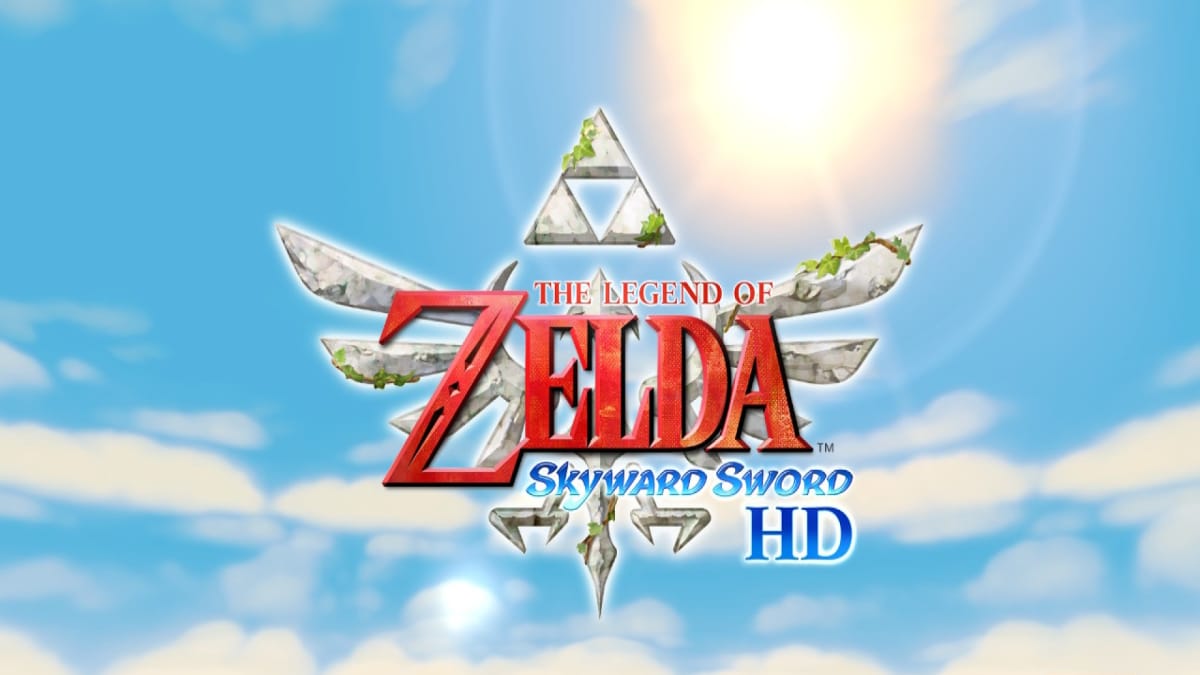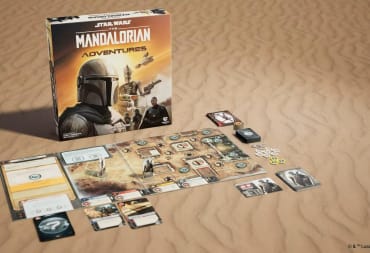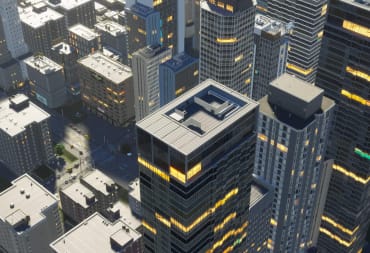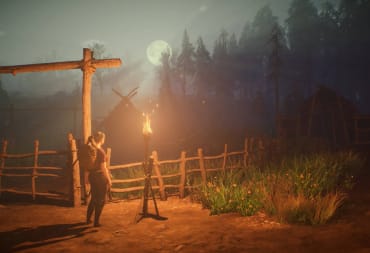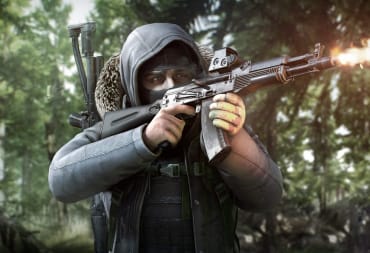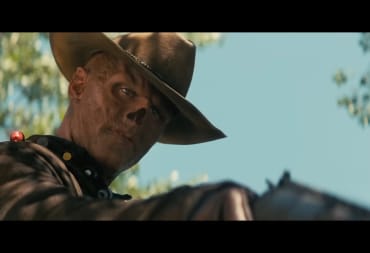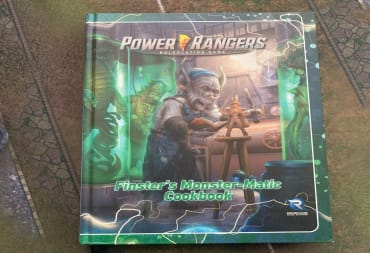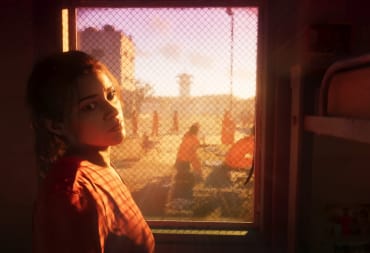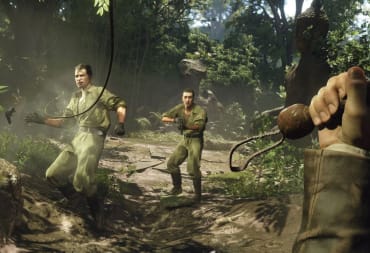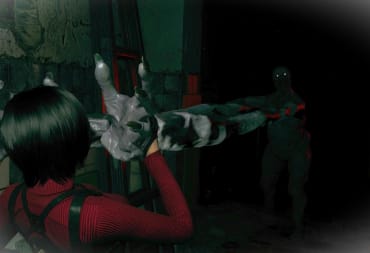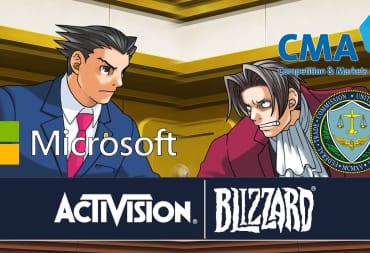With the HD rerelease of The Legend of Zelda: Skyward Sword on Nintendo Switch, there has been a re-evaluation of the game's merits by ardent fans and critics alike. The return to a more familiar 3D Zelda structure with a linear narrative and in-depth dungeons to explore after the transformative open-world experience that was Breath of the Wild has only helped elevate the appraisal of this 2011 installment in the 35-year-old franchise. And it's about damn time people started to see things this way, because I've been defending this divisive title for 10 years.
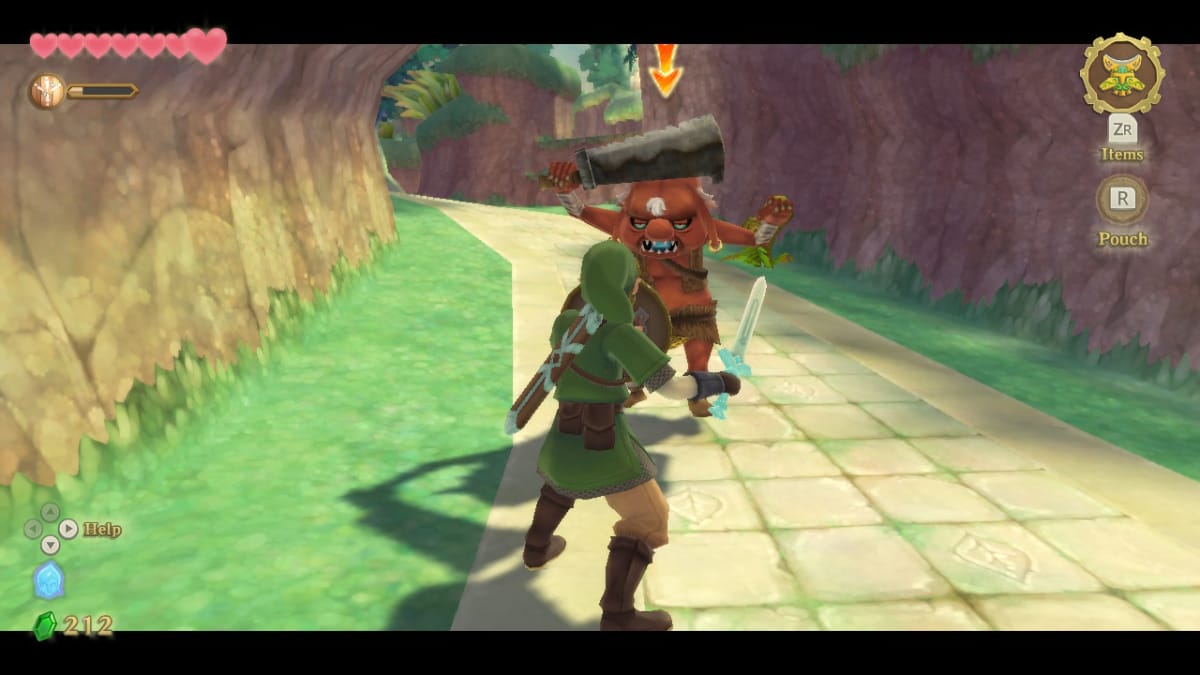
Skyward Sword – The One With Motion Controls No One Liked
Despite critical acclaim upon its release, when The Legend of Zelda: Skyward Sword originally released for the Wii, the gaming community as a whole dubbed it “the one with motion controls.” It was snubbed by a gaming public that was hopped up on the HD revolution, and the open-world RPG explosion was in full swing with The Elder Scrolls V: Skyrim, which released a week before Skyward Sword.
Comparisons and derision were expected, and all of it was coming from the position that Nintendo were behind the times. Their tendency to push hardware innovation rather than iteration was declared a dead end — that the formula they were using for the series was outdated and that their contemporaries have overtaken them. That Nintendo had betrayed their dedicated community of players to chase the fleeting trend of casual gamers.
Some of these criticisms weren't without merit. In many ways, Skyward Sword was the natural endpoint for what was the model for a 3D Zelda game. There was a larger focus on cinematic storytelling and linear progression, all with the intention of fleshing out the series' own mythology. This was the title billed as the origin story for the entire Legend of Zelda timeline, and that portentous weight is felt in every decision made. Everything from the creation of the Master Sword to the enduring relationship between Zelda and protagonist Link to why there is a red bird on the Hylian Shield all are covered here.
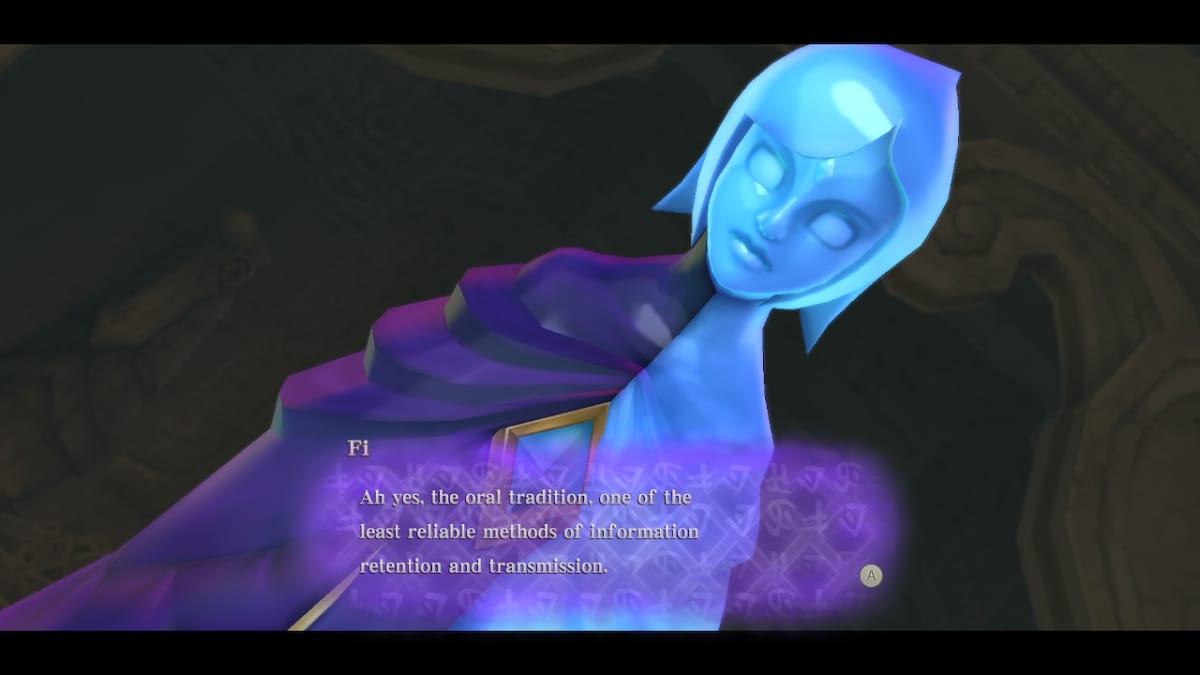
But a fair amount of it is done in the most embarrassing way possible: long and drawn out cutscenes with an obnoxious level of handholding. The biggest offender was the sword spirit Fi, who slammed any momentum to a halt with unskippable cutscenes explaining plot developments that you just witnessed.
This was a series that went from throwing you into the world and expecting you to just figure things out to taking up the first four hours to teach you how a sword works and that fire hurts. For a community of dedicated fans that grew up knowing most of this by pure association, it was easily seen as pandering to new fans and alienating to them.
Finally, there were the motion controls themselves. Aside from Wii Sports, this entire control scheme never fully reached its full potential in the eyes of the gaming public. The fantasy of feeling like you were in an actual sword fight or realistically using a firearm in a warzone was always shortchanged either by budget or scope. After almost five years of shovelware and half-measures to this potential fantasy, Skyward Sword was working against the grain when it came to the motion-control stigma.
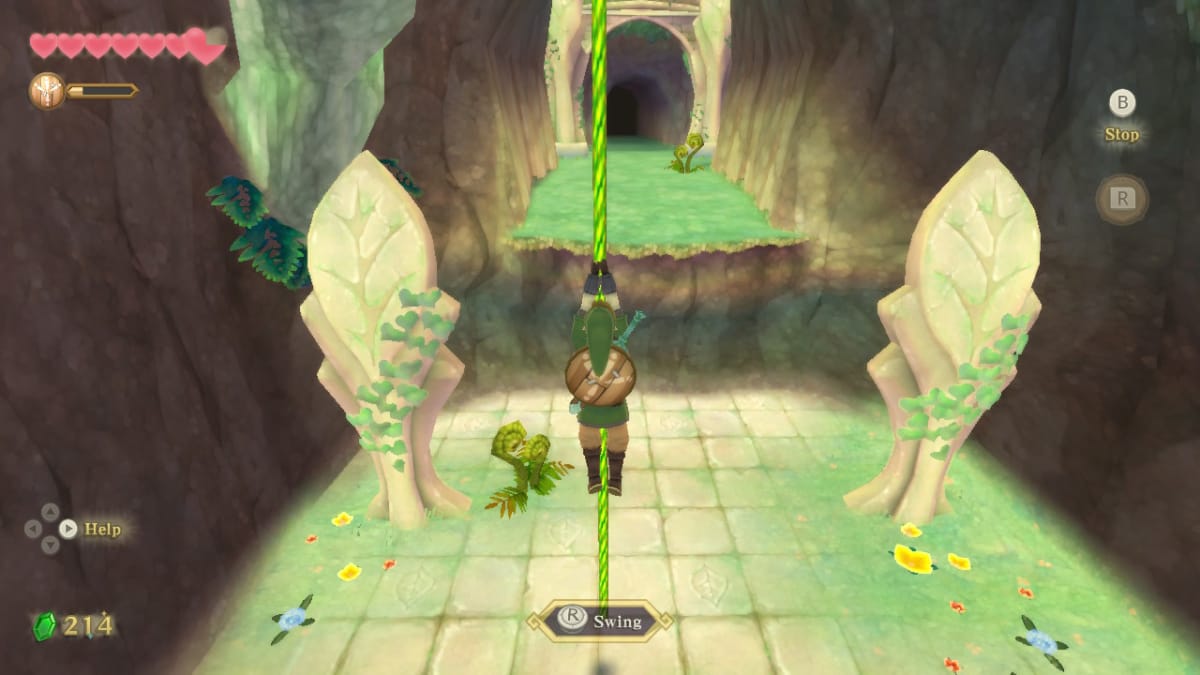
But even at the time of release, I recognized that a lot of these creative choices were deliberate and necessary. The decision to handhold and tutorialize came from not just bringing new players in, but helping veteran players re-learn what they thought they knew. Everything from a sword fight to using a bow and arrow to even throwing a bomb had to be re-learned, an entirely new lexicon of gameplay verbs and shorthand had to be internalized. There were multiple times throughout my first playthrough of the game for example where I forgot I could thrust my sword to skewer a key item on the blade to solve a puzzle.
Through this lens, a lot of the elements that made fans turn their noses up makes a lot more sense. The limited overworld environments that slowly expand as the story progresses have much more intentionality behind them, because it's helping you come to grips with these new controls. The forest area gets you comfortable with searching for hidden items and swinging on ropes. The volcano area helps you get more familiar with using bombs. The lake is all about making swimming and underwater combat feel comfortable. These seem basic, even quaint now, but when you're effectively working without a playbook, you need to ensure the basics are covered. In other words, you need to learn to walk before you can run.
And yet Skyward Sword still has some of the most memorable boss fights and set pieces in the entire series. Some of these are well known, such as using time-traveling stones to sail a ship across a desert or the battle against the large six-armed golem Koloktos, but there are smaller moments that help this title stand out. This is the first Legend of Zelda title where Zelda and Link had genuine chemistry, all of it somehow conveyed through text boxes. The biggest example of this comes from a scene near the end where Zelda is imprisoned in a crystal, something we've seen a dozen times in this series, and yet with a few words on a screen, it is turned into genuine earnest drama.
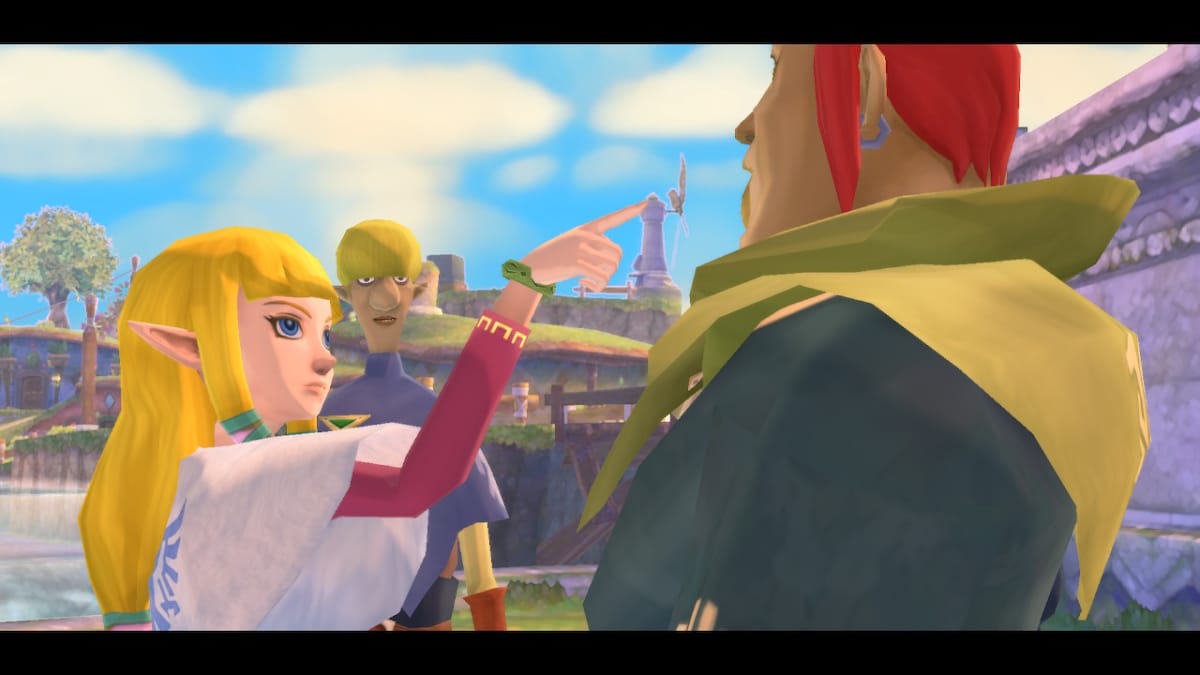
Sadly, since this is a community based on trends, Skyward Sword was very much unappreciated in its day, despite a lot of Nintendo's trademark polish and presentation helping it break new ground. It wouldn't be until 2017 when Breath of the Wild basically rewrote the book on not just what a Zelda game could be but what an open-world experience could be, that the franchise was “redeemed” to the fanbase.
Skyward Sword in 2021 – Playing The Long Game
Earlier this month, Skyward Sword HD released on the Nintendo Switch, and a very different gaming landscape has come to greet it. The new open-world template made by Breath of the Wild has multiple imitators, and Nintendo's upcoming sequel has millions of players hyped. The derision towards motion controls have basically died out, mostly because they have found new life in control schemes for VR gaming. Finally, there is the all-too powerful factor of nostalgia when it comes to the mid-2000s era of the Zelda franchise, something that Nintendo hasn't exactly helped with its stinginess towards accessible ports or rereleases of its work.
It is with these shifts in expectations that Skyward Sword's reappraisal has been more on the positive end. There are some quality-of-life improvements that play a role in this of course. Remastering the entire game to run at the new standard 1080p HD resolution and at a silky-smooth 60 FPS has only helped the game's timeless watercolor art direction pop as well as highlight the subtle but impressive character animation. Small but welcome changes like being able to skip cutscenes and fast-forward dialogue has helped comb over the more scripted elements of the prologue and cut down on Fi's annoyingly obvious interruptions. The training wheels can come off now because new standards have been established.
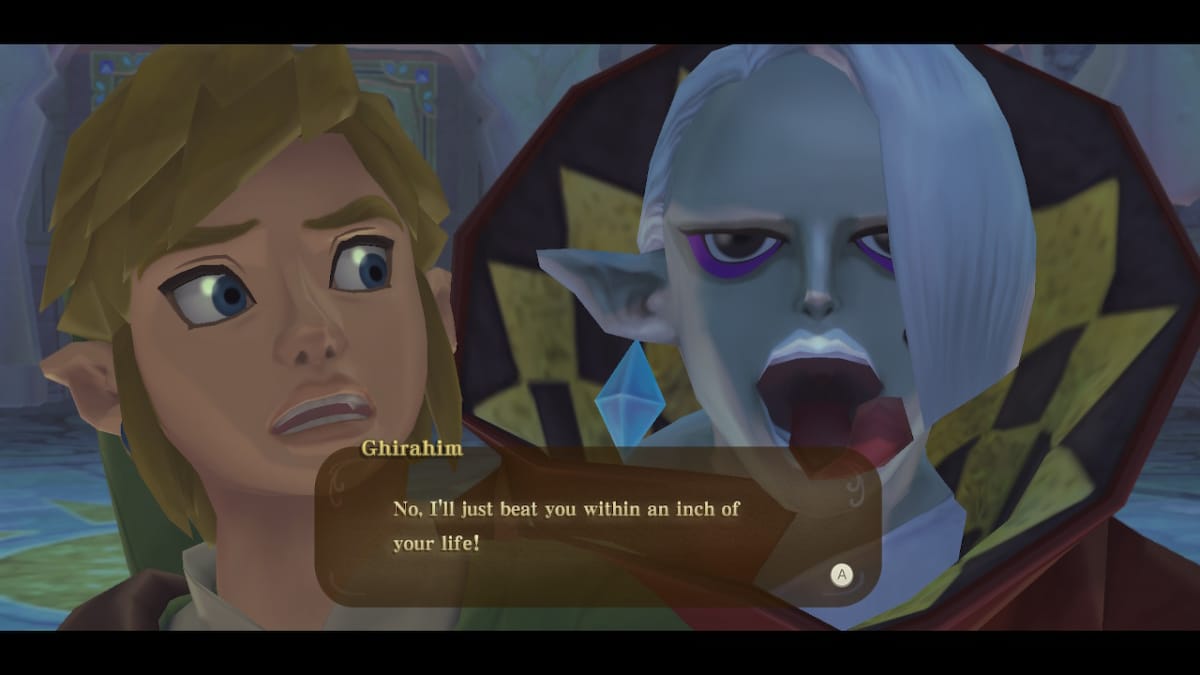
But the biggest hurdle was implementing an alternative to the game's motion controls. This seems more to take into account the Switch's portable mode rather than “fixing” a perceived problem given the game's very foundation, but it is still another large barrier to entry lowered. The idea of mapping sword movement to the right stick isn't exactly conventional, but it weirdly works.
It is with this second chance that new players are finally seeing what I've always seen in The Legend of Zelda: Skyward Sword. It isn't just a study in contrast with its blockbuster follow-up, but a case of Nintendo's more long-term gambles paying off. So much innovation has happened in gaming because of the big swings taken in this installment, and now with 10 years of hindsight, it's miraculous how many of those swings hit more than miss.
Have a tip, or want to point out something we missed? Leave a Comment or e-mail us at tips@techraptor.net
